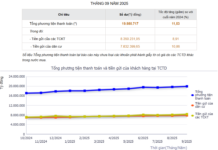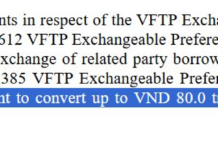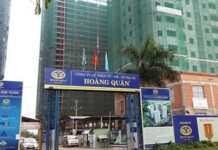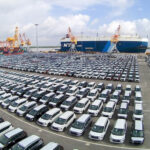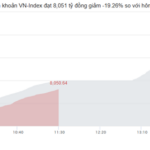According to E27.co on November 26, Indonesia’s electric vehicle (EV) sector witnessed a robust 49% growth in Q3 2025, starkly contrasting the 11% decline in the country’s overall light vehicle (LV) market. These figures were highlighted in the PwC ASEAN-6 eReadiness 2025 report, which analyzes consumer sentiment and market readiness across Southeast Asia.
While total light vehicle sales in the ASEAN-6 group (Indonesia, Singapore, Thailand, Malaysia, Vietnam, and the Philippines) remained relatively stable, dipping only 1.5%, Indonesia’s automotive sector faced significant contraction. This decline is primarily attributed to increased luxury car taxes, reduced government spending, and a weakened rupiah, all of which have dampened purchasing power amid economic uncertainty.
Despite the challenging environment for conventional vehicles, EVs accounted for 18% of total vehicle sales in Indonesia, slightly surpassing the ASEAN average of 17%.

EV skeptics in Indonesia—comprising 17% of the market—cite limited range (55%), battery durability concerns (53%), and charging time (42%) as their primary worries. Image: E27.co
Lukmanul Arsyad, Head of Industry and Services at PwC Indonesia, confirmed the contrasting trends: “Amid a 11% decline in Indonesia’s automotive market in Q3 2025, electrification is moving in the opposite direction.”
He added that this segment’s growth underscores “significant opportunities to accelerate EV development,” supported by government tax incentives and battery investments, even as the conventional vehicle market faces pressure.
However, Indonesia’s 49% EV growth lags behind ASEAN’s overall 62% increase. Regional peers also demonstrated strong electrification momentum, with Thailand and Vietnam recording growth rates of 45% and 84%, respectively.
Additionally, Vietnam and Singapore showcased notable light vehicle growth, at 18% and 25%, respectively, driven by EV incentives, registration policies, and economic expansion.
Consumer Satisfaction and Skepticism
Indonesian EV owners exhibit high loyalty, with 99% expressing satisfaction—the highest in ASEAN, up from 93% in last year’s PwC report. Across ASEAN, this satisfaction is largely attributed to faster charging times (50%) and lower operating costs (47%).
Despite this high satisfaction, 33% of Indonesian EV owners are considering a return to internal combustion engine (ICE) vehicles. Key reasons include higher-than-expected maintenance costs (71%), unmet driving experience expectations (61%), and insufficient range (52%).
For 70% of Indonesians identified as potential EV buyers, pricing remains a critical barrier. Nearly half (48%) of prospective ASEAN-6 buyers expect prices below $46,000, with 15% specifically targeting affordable options under $11,000.
Skeptics—accounting for 17% of Indonesia’s market—highlight limited range (55%), battery durability (53%), and charging time (42%) as their main concerns.
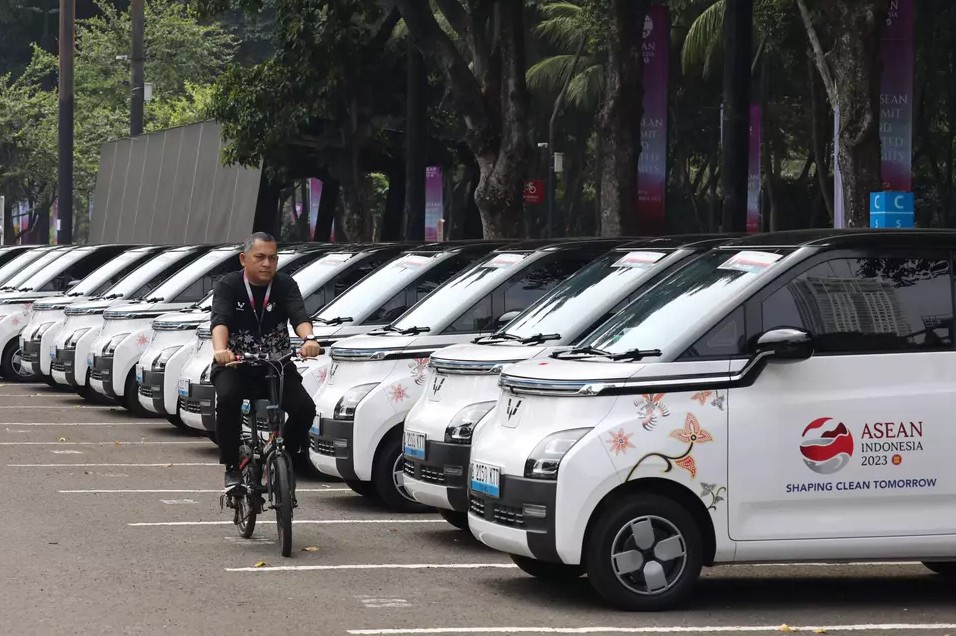
A security officer patrols an EV parking area during the 43rd ASEAN Summit in Jakarta, Indonesia, on September 3, 2023. Image: Antara
Widening Infrastructure Gap
The PwC report assesses EV readiness in ASEAN nations based on supply, demand, government incentives, and infrastructure. Indonesia has shown progress, with its overall EV readiness score rising to 2.8 (on a 5-point scale) in 2025, up from 2.0 the previous year.
The most significant improvement was in government incentives, scoring 4.0, making Indonesia the highest-ranked ASEAN-6 nation in this category. Consumer demand also remained strong, at 3.7 points.
However, Indonesia’s success is constrained by structural deficiencies, particularly in infrastructure. Its infrastructure score stands at 1.4, significantly lower than Singapore’s 4.3. Supply chain readiness also lags, scoring 2.3, below Vietnam’s 3.0.
Arsyad concluded: “With robust policy foundations and ASEAN’s highest incentives at the 4.0 stage, Indonesia has a significant opportunity to attract investment and accelerate EV adoption. However, success hinges on closing infrastructure gaps… and strengthening the supply chain. These structural gaps underscore the urgency for coordinated action to sustain momentum and ensure Indonesia’s regional competitiveness.”






